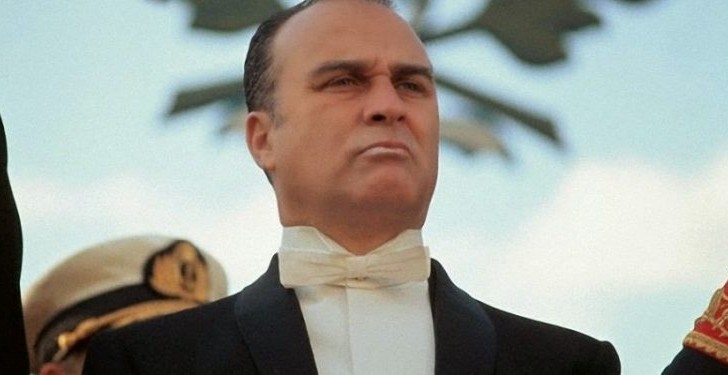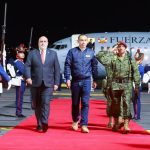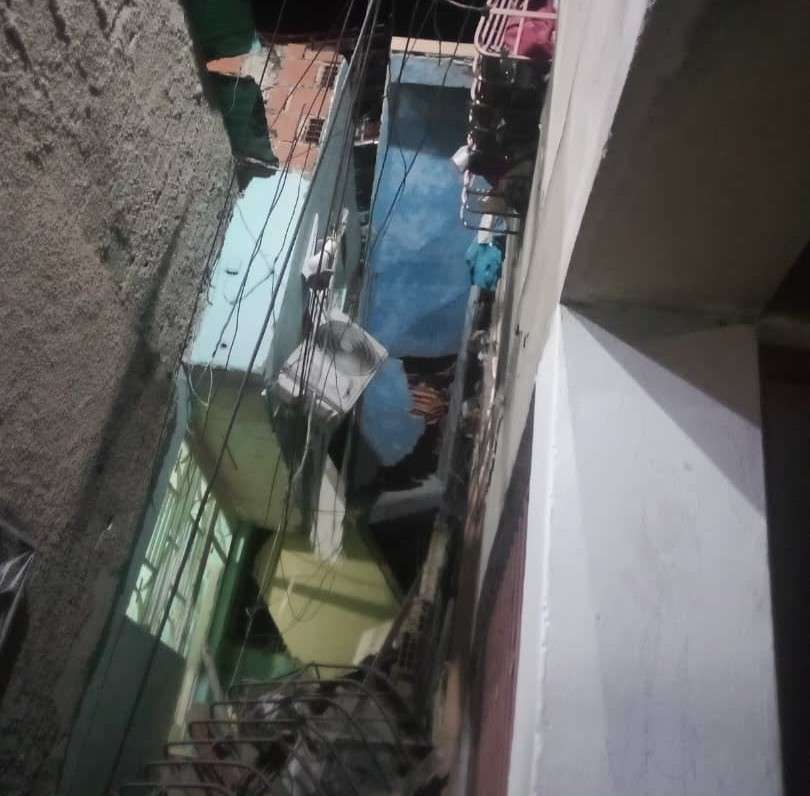
Declassified US government files have revealed a number of details about the infamous “Operation 30 Hours,” a military plan developed by the Brazilian dictatorship to invade Uruguay in 1971.
This plan was conceived at a crucial moment, when the neighboring country was preparing for its presidential elections, and its main objective was to prevent the left-wing coalition, Frente Amplio, from assuming power.
The Uruguayan right was afraid of the Broad Front
Brazil was under the regime of General Emílio Garrastazu Médici, who led one of the most repressive periods of the military dictatorship established in the country since 1964. In this context, General Médici sought to eradicate any possibility of a leftist government emerging in the region. In particular, the possibility of a Frente Amplio victory generated concern in Brazilian military circles, as it could open the door to subversion and compel other countries in the region to follow a similar path.
Concern about the proximity of a left-wing government In Uruguay it was accentuated after the events in Chili, where Salvador Allende had come to power in 1970, which was considered a dangerous precedent for Brazil’s political aspirations. In that sense, intelligence reports coming from Brazil’s position focused on preventing the advance of leftism in the Southern Cone.
The hand of the United States in planning the coup
The planning of the operation was presented to the President of the United States, Richard Nixonwho quickly gave his support to Medic, aligning himself with his administration’s anti-communist foreign policy.
Documents reveal that the Uruguayan president Jorge Pacheco Areco formally requested This military support to legitimize his government and weaken the Broad Frontfearing that his reforms would provoke greater social and political unrest.
The operation involved not only the use of military force, but also a concerted effort to manipulate the electoral process in Uruguay. To this end, Brazil provided instruments that allowed the electoral scenario to be altered to prevent the coming to power of governments that could be perceived as hostile to their own interests.

Operation 30 hours: mobilization of forces to stop the Broad Front
It is estimated that Brazilian troops could carry out the operation within 30 hours, moving from various strategic points in southern Brazil towards Montevideo. These mobilizations were considered a preventive measure to respond to the perception that the neighboring country was gradually being dominated by subversive and guerrilla forces such as the Tupamaros, a group that had gained notoriety for its activity in Uruguay.
The cities of Bagé, Santana of Release and Chuí would play a key role in the deployment of Brazilian military forces. The plan also included the capture of Corner of the Bonneta hydroelectric plant essential to the country’s energy infrastructure, which implied a tactical approach that sought to destabilize the Uruguayan government, as well as ensure control of strategic resources.
Election time: FA loses the elections but the damage was done
One of the witnesses, Lieutenant Marco Pollo Giordani, recounted his experience in planning the operation, describing it as a moment of great emotion, which could easily have altered the political course of the neighboring nation. Operation 30 Hours was also known within the Brazilian Armed Forces as “Operation Charrúa.”
Giordani recalled in his memoirs the fervor among the military ranks and how at certain moments the operation seemed inevitable. The story of Operation 30 Hours reveals the intricate power dynamics that characterized the region in the 1970s and the influence that military groups exerted over their respective governments.
On November 28, 1971the presidential elections were held, and the result was unfavorable for the Broad Front, represented by Liber Seregniwho obtained 18% of the votes. Juan Maria Bordaberrycandidate of the Colorado Partyemerged victorious with 41% of the votes.
This outcome was seen as a victory for the Uruguayan right-wing establishment and as a setback for the Brazilian intervention strategy.
The coup in Uruguay would materialize only two years later, when Bordaberry, backed by the Uruguayan military, unleashed systematic repression against the oppositioninitiating a dictatorial regime that would last until 1985. However, the possibility that the invasion plans would come to fruition raises questions about Uruguayan sovereignty during this period of instability.
The shadow of Plan Condor
Beginning in the second half of the 1960s, the governments of countries in the Southern Cone began to establish mechanisms for security cooperation, which would eventually give rise to Plan Condor. This plan was a framework for repressive collaboration between military dictatorships in order to eradicate the influence of leftist groups, communists and other political dissidents.
With the appearance of Operation 30 Hours, the focus of the dictatorships in the region on building an anti-communist order was exposed. In this sense, the Repression of social and political movements was a constant in the 1970smarking the beginning of a long night in Latin American history characterized by human rights violations, political persecution, murders and mass disappearances.
















